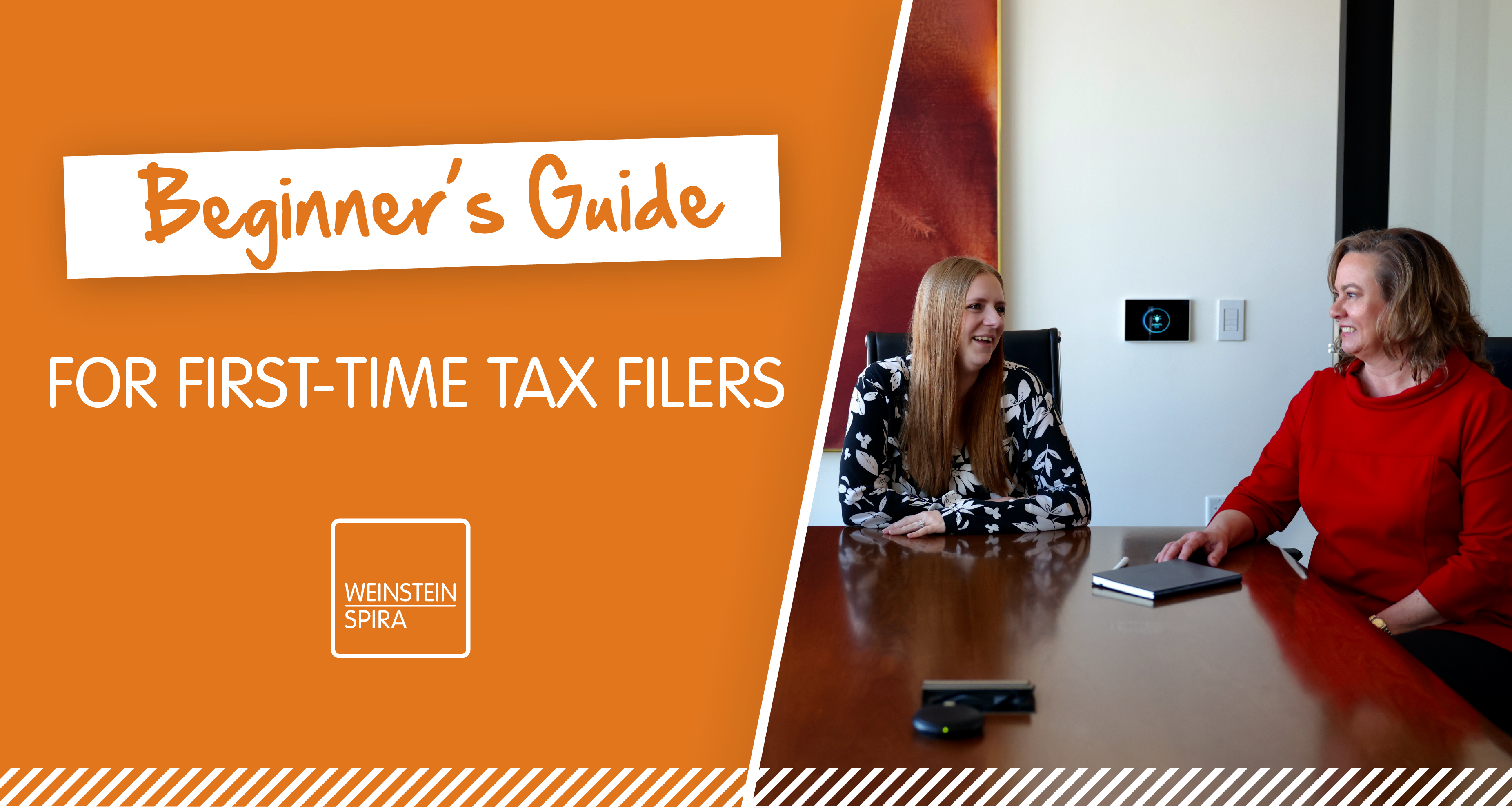Despite current challenges regarding the pandemic, whether offering carry-out or dine-in options, restaurants remain a mainstay in many communities around the country. Owning or operating a restaurant comes with a unique set of requirements for reporting and paying tax on tips received by your employees. Specifically, employers are required to report and pay FICA tax on tips they did not actually pay. Despite the added complexity for restaurants to accurately report their payroll, the law does provide restaurants with some tax relief. In many cases, restaurants can claim an income tax credit that is based on the FICA tax paid on their employee’s tips. Below, I have outlined the criteria for taking advantage of the credit.
Looking for a new restaurant accountant? We are here to help.
What is a Tip?
First, what is a tip and what is not. For payments to be considered as a tip:
- The customer must not be compelled to leave a tip,
- the customer must have the freedom to determine the amount,
- the payment must not be negotiated or dictated by employer policy, and
- the customer must have the right to determine who receives the payment.
An important distinction must also be made for service charges. They are not tips and can be included in the employee’s non-tip wages. The following are examples of service charges:
- Large party gratuity
- Banquet fees
- Hotel room charges
- Bottle service charges
- Cruise trip package fees
Accurate Reporting of Tips
In this industry, many employees (waitstaff, bartenders, bellhops, etc.) work for a minimum wage plus tips. Anything above $20 per week earned in tips must be reported to the employee for inclusion on their income tax return. However, since they are essentially on an honor system to report their full sum of tips, there can be issues of inaccurate or under-reporting, especially regarding cash. Nowadays, accounting for tips on credit cards has made it much easier to track, as they automatically record the tips for you, providing an irrefutable paper trail.
- The Internal Revenue Code requires employees to report to their employer all tips received each month, provided the total amount of tips in a given month is at least $20.
- The employer will withhold from the employees’ payroll check amounts for income tax and FICA tax on both the employee’s hourly rate and their reported tips.
- Subsequently, when the employer remits payroll tax payments to the IRS, they will add to the withheld amount of the employer matching portion of FICA taxes, based on the employees’ hourly rate and tips.
Note that the total tips reported to a large food or beverage establishment (generally, restaurants that employ 10 or more servers in a typical day) by their employees must be at least 8% of their gross receipts. If the amount of reported tips is less, then the employer is required to allocate the difference among their employees who receive tips.
Need help with tip reporting? Contact our tax team today!
Tax Credit Calculation for Tips
In most industries, the employer pays half of Social Security and Medicare tax, in addition to other withholdings from employee wages. In the case of tips, the employer has to pay Social Security and Medicare tax on the reported amount. But the restaurant/hospitality employer has the unique ability to take that tip and/or gratuity amount as a tax credit, which is more valuable than just a tax deduction.
For example, if you are in the 21% tax bracket, and your business earned $1,000 in tips, you would get the benefit of reducing your tax liability by $1,000 – not just a $210 deduction.
The FICA tip tax credit allows employers to reduce their federal income tax by an amount that is based on the FICA tax they paid on the employee-reported tips. To determine the credit:
- Take the number of hours worked times their hourly wage rate (up to a maximum of $5.15/hr) to determine base wages.
- Add the employee’s reported tip income.
- Subtract their wages calculated based on an hourly rate of $5.15/hr to determine the amount of creditable tips.
- Multiply the creditable tip amount by 7.65% to determine the amount of available credit.
Other Considerations on Accounting for Tips
The credit is only available to the extent of income tax liability. If the taxpayer has more credit available than they can take in a given year, the excess amount can be carried forward to offset future years.
The amount of payroll tax that a taxpayer deducts on their return must be reduced by the tip credit taken.
Summary
If you own or operate a business where you are required to report and pay FICA tax on tips, you may be eligible for industry-specific tax relief, namely the “tip credit”, provided you meet the criteria discussed above. To make sure you get the full benefit, I recommend working with a tax professional to assist with accurate reporting and completion of the required tax forms. At Weinstein Spira, we have a team of professionals available to discuss any accounting-related needs you may have. Please contact us to find out more.



